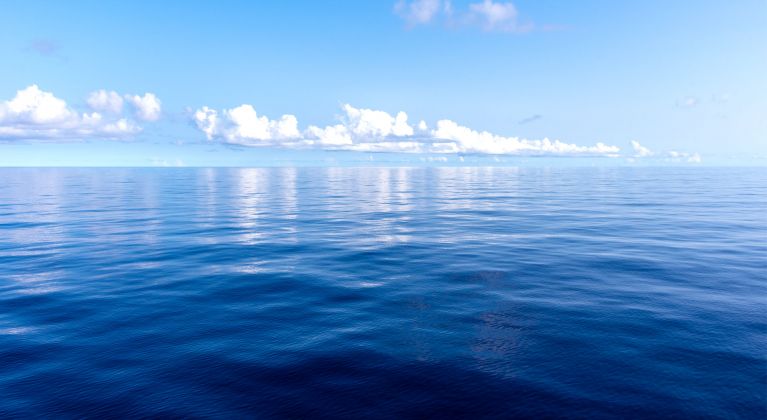
Offing Marine & Offshore Consultants: Inspection and maintenance guidance for ship cranes
- Home
- Latest updates
- News
- Offing Marine & Offshore Consultants: Inspection and maintenance guidance for ship cranes
The Club would like to thank Captain Purnendu Shorey, Director of Offing Marine & Offshore Consultants (Offing Marine) for his invaluable contribution to this article. Offing Marine specialise in a range of maritime activities including surveys, towage approvals and casualty investigations.
Both the Club and the wider maritime industry have observed a rise in crane related incidents, with both the number and cost of claims contributing to this increased figure. The root causes for many of these incidents have largely been attributed to inadequate maintenance. Shipboard procedures, on board practices and crew training have evolved over the years switching from generic, to equipment specific; with the widespread introduction of ship specific procedural systems. Despite these enhanced systems, crane incidents continue to occur, often ranging in severity and involving numerous ship and crane types.
What are some of the common issues affecting inspections and the maintenance of cranes and the associated lifting equipment?
In the experience of Offing Marine, a possible contributing factor to crane failures is inadequate inspections and maintenance. Unlike other machinery such as main engines, auxiliaries and purifiers, inspections of cranes may be infrequent, largely dependent upon the type, usage and the scope of the ship operation. Another common factor relates to the oversight of the manufacturer’s manual and/or instructions when carrying out routine inspections or maintenance. Additionally, there may also be a tendency for over reliance on regulatory inspections carried out by external inspectors and entries in the Register of Lifting Appliances, which may give a false sense of confidence in the condition of the equipment, especially if a significant period of time has elapsed since the last inspection.
Advice for performing effective inspection and maintenance on cranes
Although a comprehensive inspection checklist is an effective tool to ensure ships’ cranes are well maintained, maintenance and renewals of parts based on running hours is also key to ensure proper upkeep of this equipment. It is equally important that crew are aware of the common indicators of heightened risk. Examples could include: corrosion, small hairline fractures, indicators of condition from the lubrication or whether the equipment in use is duly certified.
Members’, and their crew’s, familiarisation with the ship crane(s), associated equipment and parts is key to ensuring proper inspection and maintenance. Frequent visual inspections can provide early warning signs of defective lifting gear, which, if dealt with swiftly can prevent further damage to equipment and cargo and exposure to potentially expensive claims. In addition to enhancing safety, routine maintenance will also extend the working life of this essential piece of on board equipment.
Items for consideration when conducting crane inspections and maintenance on board




